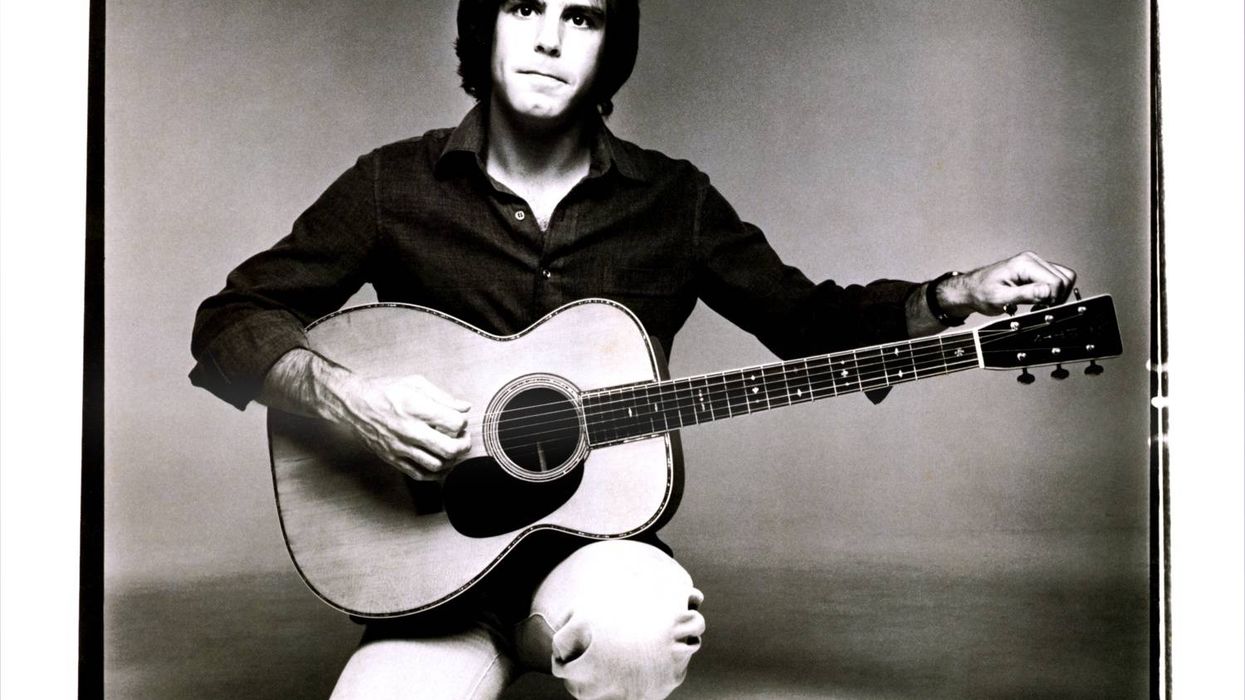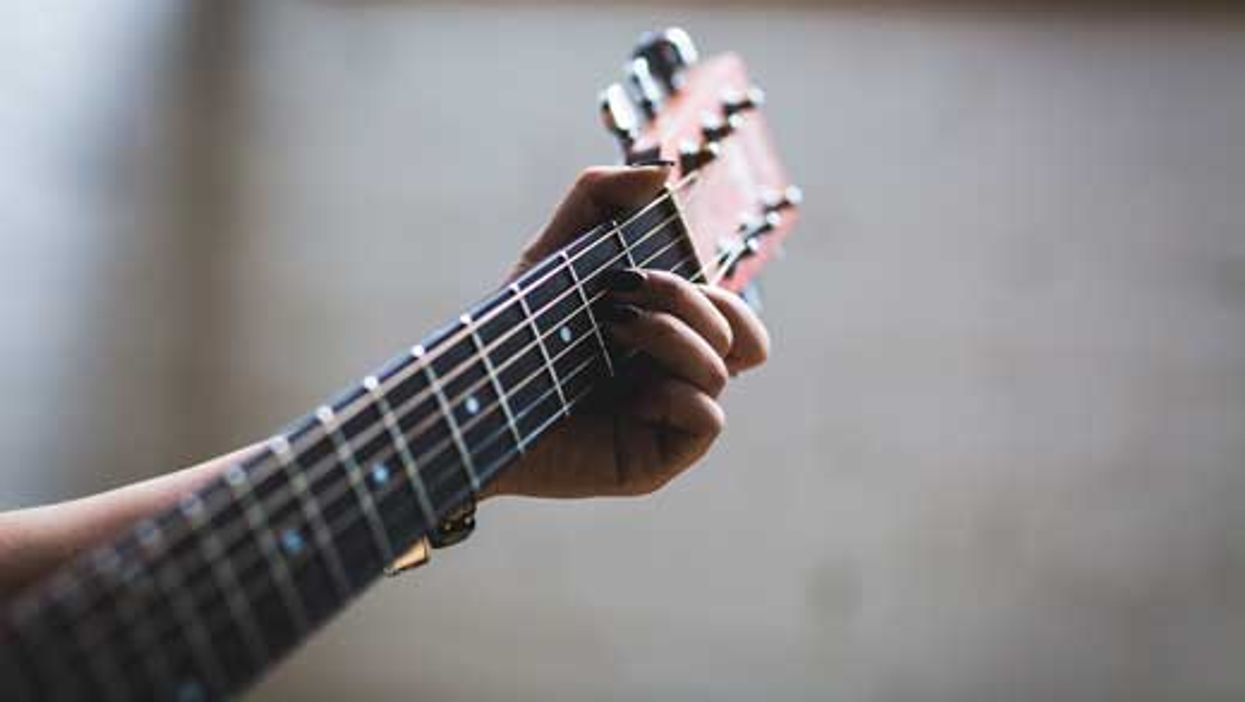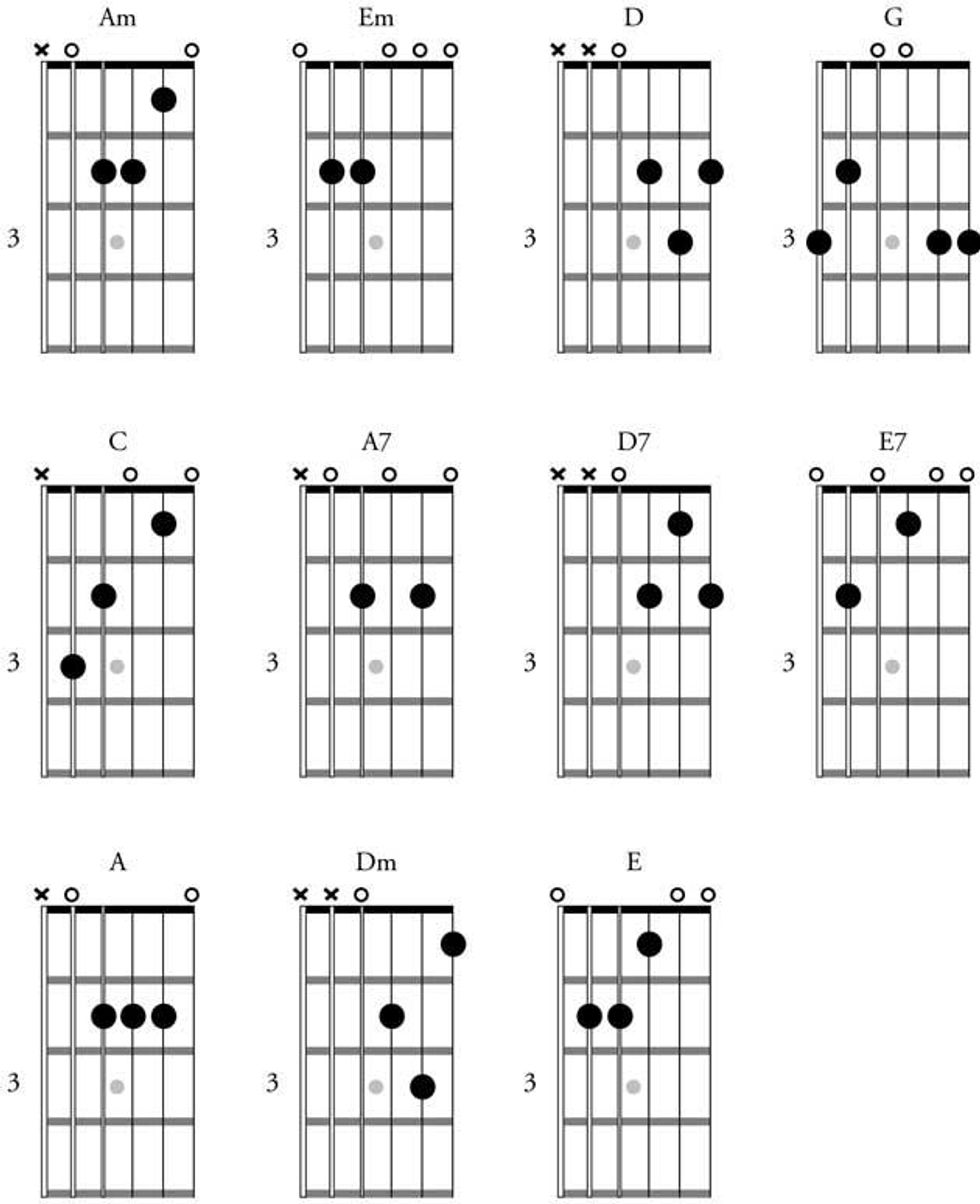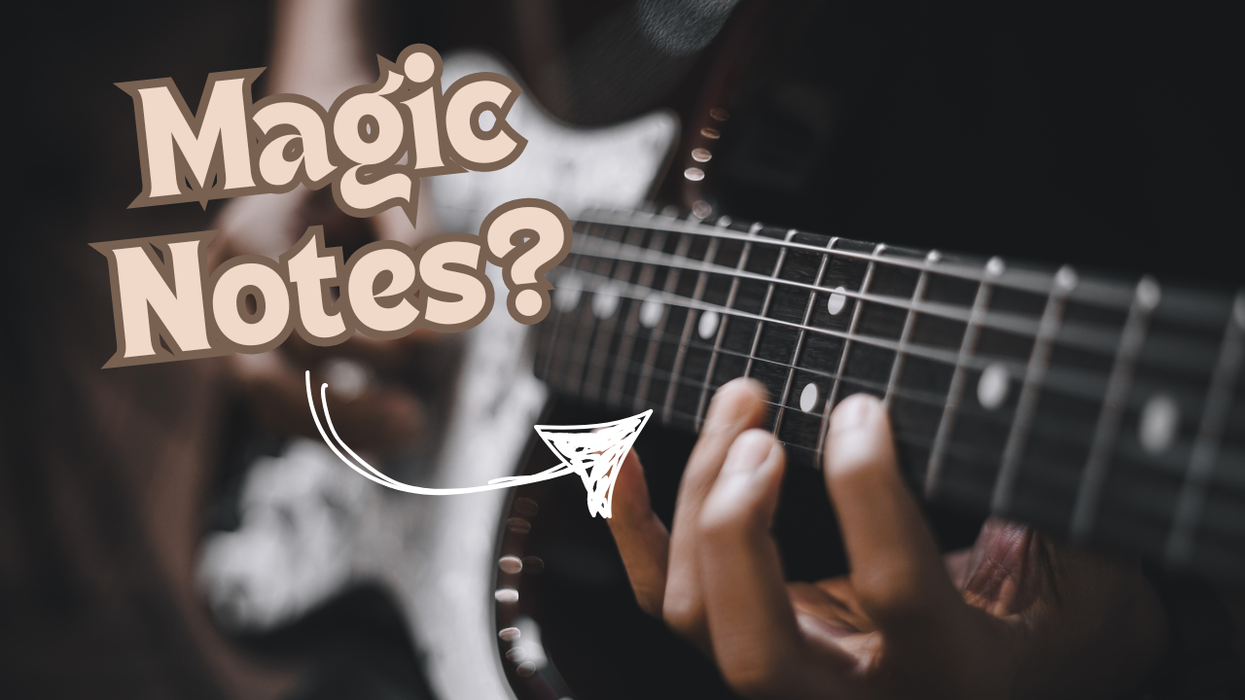Chops: Intermediate
Theory: Intermediate
Lesson Overview:
• Target specific chord tones throughout the turnaround.
• Learn how create hybrid sounds by mixing scales and arpeggios.
• Use contrary motion to create more interesting phrases.
Click here to download a printable PDF of this lesson's notation.
You could describe a turnaround as a musical device that brings a tune back to the start, and while turnarounds are common in the jazz repertoire, they’re probably most associated with the end of a blues progression. The reason there’s so much discussion around this particular section of the tune might surprise you.
A blues typically consists of dominant 7 chords. Diatonically speaking, there’s only one dominant 7 chord in a given key, so technically a blues featuring just the I, IV, and V chords—if they’re played a 7ths—actually visits three different keys. But because these slight differences are spread out across 12 measures, you don’t really hear that these chords aren’t related. When you reach the end of a blues progression, you’re potentially looking at two chords per measure. While the chords themselves sound fine to our ears after 100 years of exposure, some of the notes you might play over one chord can sound terrible over another.
One of the most common blues turnarounds involves jumping up to the V chord in the last measure of the form, a move that subsequently demands a resolution back to the root. While we’ve covered other interesting sounds (like the I–VI–II–V) in previous lessons, in a rootsy blues this particular V to I cliché has an undeniable charm.
The following examples all take place in the last four measures of a blues; this will give you a bit of context so you can hear the turnaround in full effect. As you work through these turnarounds, focus on how strongly each of them lead back to the I chord.
Ex. 1 is something you might expect to hear from an acoustic blues singer, but ideas like this work just as well on electric. In the first measure, we’re playing a B7 that we embellish with a riff on the bottom. For the A chord we play a little double-stop found in an A7 chord, and then descend through the Em pentatonic scale which leads us to an E chord.
Starting on beat 3 of measure three, this classic turnaround features a sixth interval played on the 3rd and 1st strings. The first two notes could be seen as an E chord, but from there we walk it down chromatically three frets and resolve to an E triad that’s embellished with a hammer from the b3 to the 3. To hit the V, we simply walk up from the open A to a B7#9 chord. The latter creates the perfect tension to get us back to E.
Click here for Ex. 1
In Ex. 2, we expand on the previous idea. But instead of playing chromatically descending sixths in the third measure, we draw inspiration from Jerry Reed to create something with a little more movement. We still have the descending notes on the 3rd string, but against that we play the open high E while changing from D to B on the 2nd string.
Click here for Ex. 2
We move to a more energetic Travis-picked, fingerstyle approach with Ex. 3. Use your thumb for all the notes on the lowest three strings and play the melody on the top strings with your fingers. For the turnaround section we’re borrowing from the first example, but we shift the note that was on the 1st string down two octaves to the 6th string. This allows us to play the high E against the descending double-stops—big, fat minor tenths—on the 6th and 3rd strings.
Click here for Ex. 3
Ex. 4 takes us more into single-note solo territory. Here, we use the E major pentatonic scale (E–F#–G#–B–C#) over the B7 chord and something that resembles an E minor scale over the A7 chord. In measure two, notice how we use half-step bends to imply two A7 chord tones—C# (the 3) and G (the b7). First is the bend from C to C#, followed by a bend from F# to G.
Measure three offsets a descending melody on the 2nd string against a pedal tone on the high E. Hopefully you can see and hear how we’re taking inspiration from the previous licks, but applying it to the pentatonic pattern that blues players know and love. To finish the phrase, we walk chromatically up to the B, and then end with some notes from the E major pentatonic scale.
Click here for Ex. 4
Ex. 5 emphasizes a chord-tone approach by outlining the B7 and A7 chords. Some players like to force the E blues scale over these, while others like to treat each chord as its own harmonic event and play off that, which is what we’re doing in this example. Over B7 (measure one) we summon some Clapton with a little lick that goes from the b3 to 3 before moving through notes from the B minor pentatonic scale (B–D–E–F#–A). In measure two, we slide into a straight A7 arpeggio from a bluesy b3.
Over the E7 in measure 3, we pick up the pace with some 16th-notes that move through the E blues scale (E–G–A–Bb–B–D) that’s enhanced with the 3 (G#). The goal is simply to play a flurry of notes to approach D#—the 3 of B7. To finish the phrase, slide up to the E minor pentatonic scale and end with a bend.
Click here for Ex. 5
Ex. 6 starts with some classic SRV vocabulary. If this style is new to you, get out those Stevie records and listen hard! Basically, we’re just playing the idea from Ex. 1 in measure three, but now up an octave and in a lead setting. We end with some pentatonic scale ideas targeting the B7 chord by landing on the B note. By this point it should be clear that to play skillfully over this part of a blues, you need to be aware of the overall structure so you can bring each chord into focus, rather than roll over the progression in some homogeneous mess.
Click here for Ex. 6
Ex. 7 is a little more rock ’n’ roll influenced with some triplet double-stops right out of the Chuck Berry vocabulary. As with Ex. 5, we’re using contrary motion against A7 as the chord shifts down and the melody moves up.
Over the turnaround we’re playing thirds on the top two strings that descend chromatically to an implied E chord, followed by notes from the B major pentatonic scale (B–C#–D#–F#–G#) for B7. Note the use of minor pentatonic for the bending phrase at the end.
Click here for Ex. 7
Our final lick (Ex. 8) is all about movement, going up the neck from the 2nd fret to the 15th. Take each chord one at a time and it should make sense, starting at the 2nd fret for B7 and working up to the E blues scale on the 2nd string. In measure four, we’re up at the 12th fret targeting the 3 of B7 (D# on the and of beat 2) before ending with a whole-step bend to nail the root of E7.
Click here for Ex. 8
Lastly we have the backing track for this section of the 12-bar blues. It’s not a particularly long track, as the turnaround portion doesn’t lend itself well to extension. I recommend playing any blues backing track and giving these turnarounds a bash, or going out to a local jam night and seeing what happens. Remember, all these ideas come from listening, so assuming you keep your ears open all the time, your hands will follow!





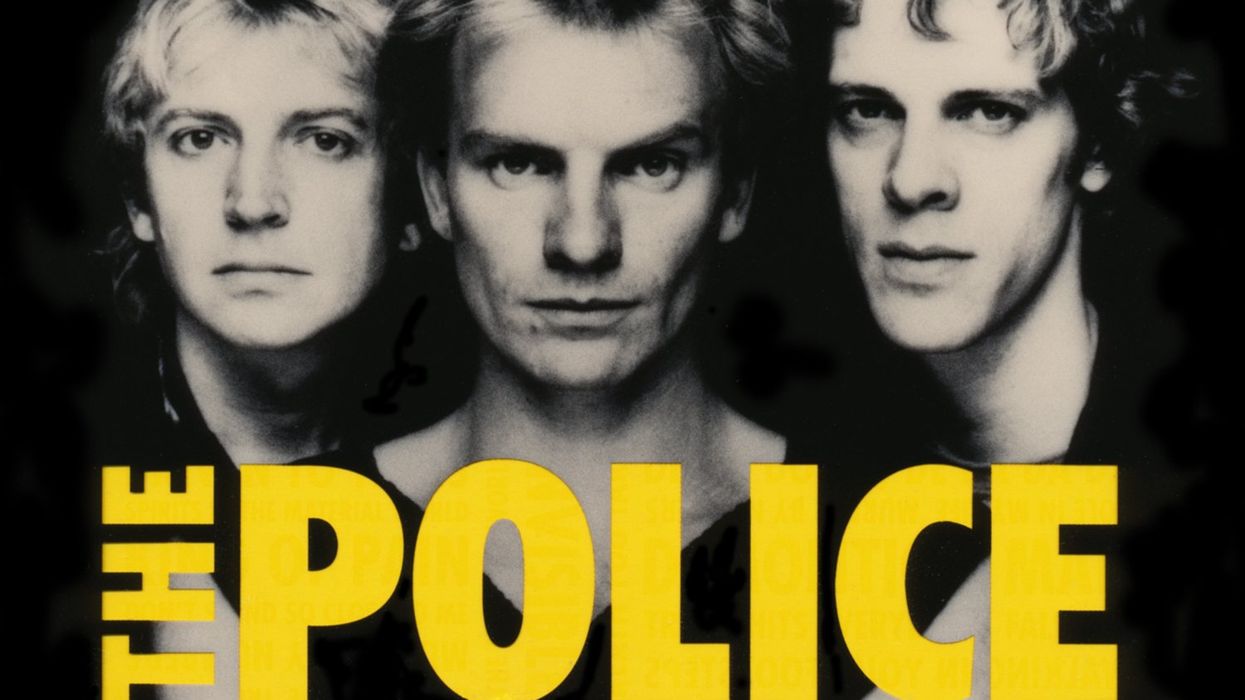
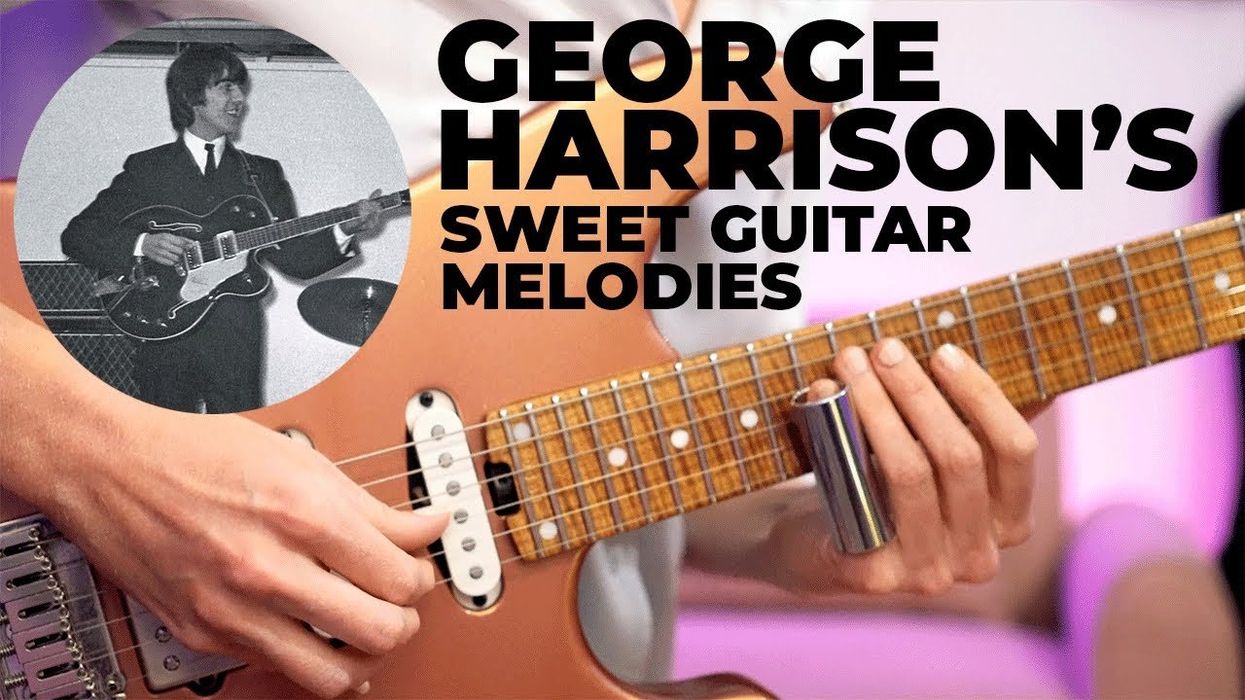




![Rig Rundown: Russian Circles’ Mike Sullivan [2025]](https://www.premierguitar.com/media-library/youtube.jpg?id=62303631&width=1245&height=700&quality=70&coordinates=0%2C0%2C0%2C0)



